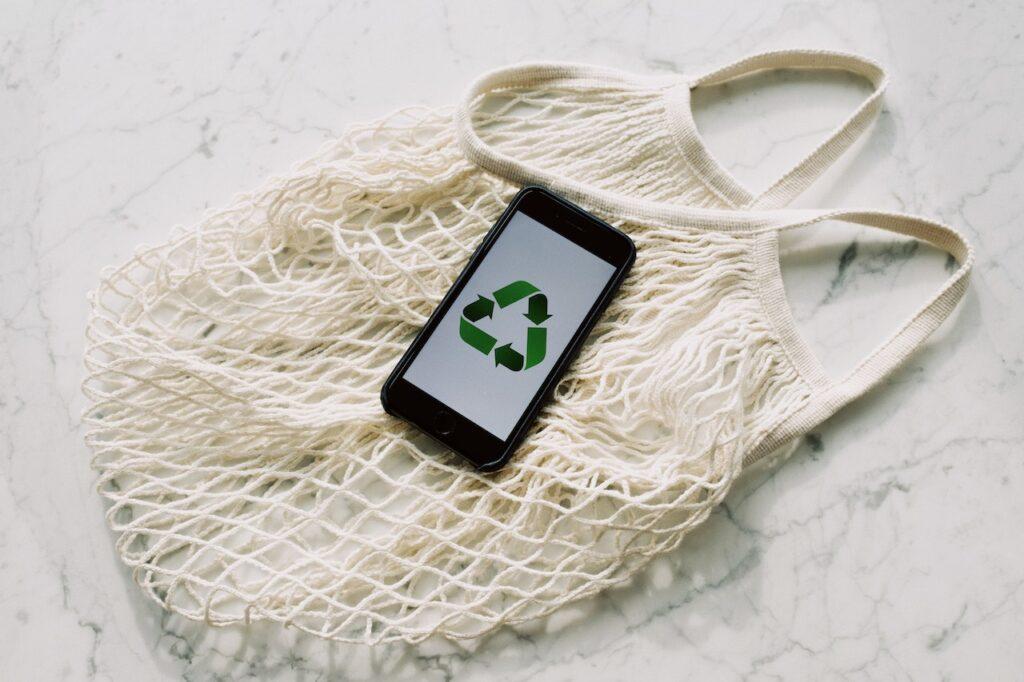
The circular economy is gaining momentum as a sustainable solution to our resource-intensive lifestyles. It offers a way to reduce waste, conserve resources, and promote a more environmentally friendly society. But how can you bring the circular economy into your daily life? In this article, we will explore six ways to do just that. From embracing sustainable fashion to reducing food waste, we will provide practical tips and ideas. So, let’s dive in and discover how you can create a more circular future.
Sustainable Fashion
Fast fashion has become a major contributor to environmental degradation, from excessive water usage to harmful chemical pollutants. Embracing a sustainable manner is an effective way to bring the circular economy into your life. One key approach is to buy second-hand clothing. Thrift stores, online marketplaces, and clothing swaps offer many unique and affordable options. By giving pre-loved clothes a new lease on life, you extend their lifespan and reduce the demand for new production.
Supporting ethical and sustainable fashion brands is another vital step. These brands prioritize fair labor practices and use eco-friendly materials and production methods. By choosing these brands, you send a message to the fashion industry, encouraging them to adopt more sustainable practices. Additionally, you can learn basic sewing skills or engage local tailors for repairs and alterations, enabling you to extend the life of your garments further. Upcycling, where you transform old or unused items into something new and useful, is another creative way to embrace sustainable fashion. If you are unsure whether to keep something, moving experts from helixmove.com advise you to put these things into storage. Later, you can reassess and see whether you want to keep them.
Reducing Food Waste
Food waste is a significant issue globally, with immense environmental, economic, and social implications. Reducing food waste is not only beneficial for the planet but also for your wallet. Meal planning is an effective strategy to minimize waste. By creating a weekly meal plan and shopping accordingly, you can ensure you buy only what you need, reducing the likelihood of food spoilage.
Proper storage and organization play a crucial role in preventing food waste. Understanding how to properly store different types of food, such as fruits, vegetables, and leftovers, helps extend their freshness. Additionally, learning to repurpose food scraps can significantly reduce waste. Vegetable peels can be used to make stocks or composted for nutrient-rich soil. Leftover bread can be transformed into croutons or breadcrumbs. Being mindful of portion sizes and utilizing leftovers for future meals can also reduce food waste. Finally, consider donating excess food to local food banks or community organizations to ensure it reaches those in need rather than going to waste.

Choosing Reusable Alternatives
One of the simplest yet impactful ways to bring the circular economy into your life is by choosing reusable alternatives. Single-use plastics and disposable items contribute to significant waste and pollution. By opting for reusable alternatives, you can reduce your ecological footprint. Start with everyday items like water bottles, shopping bags, and coffee cups. Investing in a high-quality reusable water bottle eliminates the need for single-use plastic bottles, encourages hydration, and saves money in the long run. Similarly, bringing your reusable shopping bags to the grocery store reduces the consumption of plastic bags.
And don’t forget about that morning coffee – using a reusable coffee cup eliminates the waste generated by disposable cups. Furthermore, numerous other reusable alternatives are available for various aspects of your life. Consider using reusable food storage containers instead of plastic wrap or disposable containers. Switch from single-use plastic utensils to durable and eco-friendly alternatives like bamboo cutlery. By making these small changes, you contribute to a more sustainable lifestyle and help reduce the demand for disposable products.
Emphasizing Repair and Maintenance
In a throwaway culture, emphasizing repair and maintenance is a powerful way to embrace the principles of the circular economy. Repairing and maintaining possessions extends their lifespan and reduces the need for new purchases. Before discarding broken items, consider if they can be repaired. Many electronic devices, appliances, and even clothing can be fixed with the right tools and knowledge. Engage in DIY projects or seek the help of local repair shops and professionals. Additionally, regular maintenance of items like vehicles, furniture, and household appliances can prevent minor issues from becoming major problems.
The rise of the repair movement has made repair resources more accessible than ever. Online tutorials, repair cafes, and community workshops provide valuable guidance and support. By learning basic repair skills and encouraging others to do the same, you contribute to a culture of sustainability and resourcefulness. Emphasizing repair and maintenance saves money, reduces waste, conserves resources, and fosters a sense of connection with the items we own. So, before tossing something aside, consider if it can be repaired or restored to continue its useful life.

Opting for Sharing and Collaborative Consumption
In the spirit of the circular economy, opting for sharing and collaborative consumption is a powerful way to minimize waste and maximize resource utilization. The concept of sharing economy encourages the sharing, renting, or borrowing of goods and services instead of individual ownership. By participating in sharing platforms and community initiatives, you can access items you need without the need for ownership. For example, car-sharing services allow individuals to share vehicles, reducing the number of cars on the road and the associated environmental impact. Similarly, platforms for sharing tools, equipment, and even living spaces promote resource efficiency and foster a sense of community.
Collaborative consumption takes this idea further by facilitating the sharing and pooling of resources among communities. This can include shared gardens, community-owned renewable energy projects, or co-working spaces. By sharing resources, we reduce the overall demand for new products and infrastructure, leading to fewer resources extracted from the environment and less waste generated. Collaborative consumption strengthens social connections and encourages collective responsibility for shared resources.
Supporting Local and Sustainable Businesses
This is a vital component of bringing the circular economy into our lives. Local businesses often have lower carbon footprints compared to large corporations due to shorter supply chains and reduced transportation distances. You support the local economy and contribute to community development by spending your money locally. Look for locally sourced products, whether it’s food from nearby farms or handmade crafts from local artisans. Furthermore, sustainable businesses prioritize environmental and social responsibility in their operations. They often adopt practices such as using renewable energy, reducing waste and supporting fair labor standards.
Additionally, if you are moving into a new home, you can make your move sustainable using the right packing materials. If you are wondering where to find moving supplies for your upcoming relocation, you can get the right materials; local moving companies are the way to go. By supporting these businesses, you signal the market that sustainability is a priority, encouraging others to follow suit. Look for organic labels when making purchasing decisions. In addition to supporting local and sustainable businesses, consider exploring circular economy business models. These include companies that offer product leasing, repair services, or take-back programs for recycling and repurposing. By engaging with such businesses, you actively participate in the circular economy and contribute to creating a more sustainable and regenerative economic system.

Final Thoughts On Circular Economy
These six ways offer practical steps to incorporate into our daily routines. From reimagining our fashion choices to rethinking our approach to food consumption, we have the power to impact the circular economy significantly. By making conscious choices and embracing these practices, we reduce waste, conserve resources, and promote a more environmentally friendly society.
